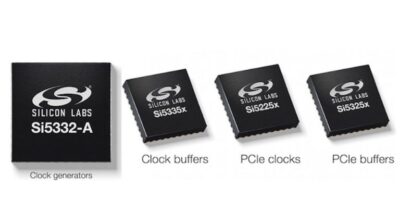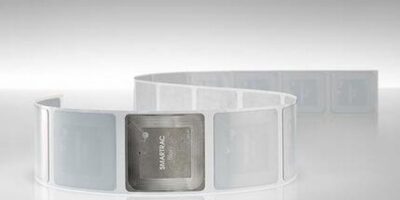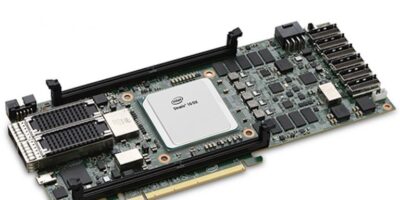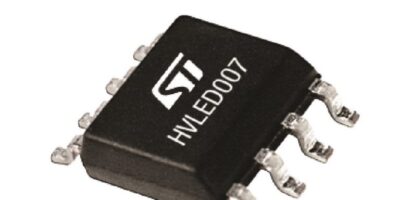To meet the demanding clocking needs of in-vehicle systems, Silicon Labs believes it now offers the industry’s broadest portfolio of automotive grade timing solutions, as it introduces AEC-Q100-qualified timing devices, the Si5332 any-frequency programmable clock generators, Si5225x PCIe Gen1/2/3/4/5 clocks, Si5325x PCIe buffers and Si5335x fanout clock buffers.
These timing devices help automotive OEMs and Tier 1 suppliers simplify clock tree design, reduce system points of failure, increase system reliability and optimise the performance of high-speed serial data transfer. The timing devices target automotive camera sub-systems, radar and lidar sensors, advanced driver assistance systems (ADAS), autonomous driving control units, driver monitoring cameras, infotainment systems, Ethernet switches, and GPS and 5G connectivity.
Rather than using more quartz-based components to satisfy a growing list of timing requirements, developers now have the option to simplify their clock tree designs and increase system reliability using the company’s automotive-grade low-jitter, any-frequency clock generators and buffers.
Quartz crystal and oscillator timing devices can be prone to shock and vibration failure as well as start-up issues, explains Silicon Labs. Clocking requirements increase in demand as automotive infotainment platforms continue to adopt new features and ADAS systems increase complexity and data acquisition rates.
Automotive in-vehicle applications require a higher operating temperature range (Automotive Grade 2, -40 to +105 degrees C) and qualification to AEC-Q100 automotive standards.
The Si5332 clock leverages Silicon Labs’ MultiSynth technology to provide any-frequency, any-output clock synthesis with more than 60 per cent lower jitter than competing automotive clocks, says the company. Supporting up to eight clock outputs, selectable signal formats per output clock (LVDS, LVPECL, HCSL, LVCMOS) and independent 1.8-3.3V VDDO, the Si5332 clock interfaces to a range of FPGAs, ASICs, Ethernet switches/PHYs, processors, GPUs, SoCs, and PCIe Gen1/2/3/4/5 and NVLink SerDes. Clock synthesis, clock distribution and format/level translation are consolidated on-chip, enabling optimised single-IC clock tree solutions for automotive designs.
The Si5332 clock generators and Si5335x clock buffers are configurable and customisable using Silicon Labs’ flexible ClockBuilder Pro software, enabling developers to create optimised solutions that exactly match specific clock tree requirements, with samples shipping in less than two weeks.
Samples and production quantities of automotive grade Si5332 clock generators, Si5225x PCIe clocks, Si5325x PCIe buffers and Si5335x clock buffers are available now in 32-QFN and 40-QFN package options.
Evaluation boards (EVBs) for automotive grade timing devices are also available. The EVBs work seamlessly with ClockBuilder Pro, enabling developers to quickly customize a device and evaluate performance.







